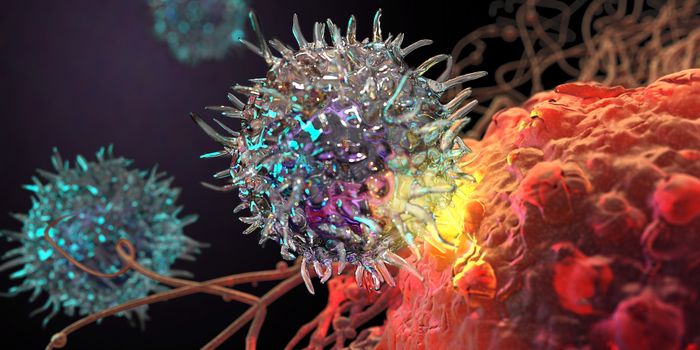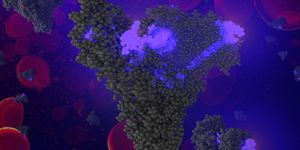Possible Non-Hormonal Treatment For Endometriosis On Horizon
With over 200,000 cases reported annually, endometriosis is a big concern in women’s health. Scientists don’t yet know what causes the painful disorder. It is characterized by the abnormal growth of the endometrium outside the uterus. The endometrium bleeds and is shed each month during menstruation. Endometrial tissues outside the uterus behave in the same way. This tissue and blood then have no place to exit the body.
The tissue surrounding the misplaced endometrium can become irritated, which can eventually lead to scarring. Scarring and adhesions can, over time, cause pelvic tissue and organs to stick together. If the condition has spread to involve the ovaries, an ovarian cyst may form. In addition to severe pain, this condition is the most common cause of infertility in women.
The diagnosis of endometriosis generally includes a series of questions from the doctor. Doctors may ask about the location of your pain and when it occurs. Tests typically include a pelvic exam in which the doctor manually feels for cysts. An ultrasound, MRI, or laparoscopy may also be used to view inside the body for a more detailed analysis. While imaging tests are more common, the more-invasive laparoscopy is most often used in surgical planning to give detailed information to a surgeon about the extent of the condition.
Treatment for endometriosis generally focuses on hormonal methods. These can cause adverse side effects like fertility suppression and therefore are not ideal. Additionally, surgery to remove endometrial implants or even the entire uterus with ovaries are considered, but again not ideal.
New research has found that macrophages play a central role in the development of endometrial growths. Though they intend to protect the body, macrophages are altered by exposure to the disease environment. These immune cells, once altered, help to develop the blood supply for endometrial growth. They also help stimulate the growth of nerve cells in the area through the release of IGF-1.
The research suggests that blocking the release of IGF-1 from disease-modified macrophages may help prevent the body from supporting these abnormal growths, and provide a non-hormonal form of relief for the condition.
Sources: World Endometriosis Research Foundation, TED, FASEB










